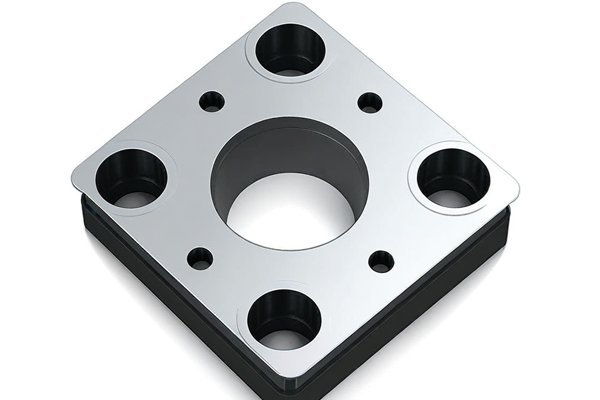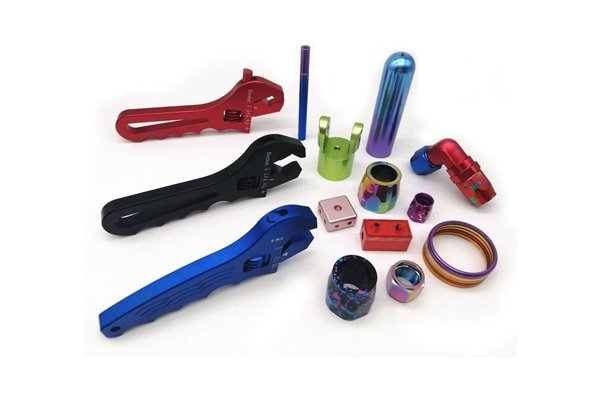Did you know that the global CNC machining market is expected to reach a staggering $100 billion by 2026? As industries continue to push the boundaries of precision and efficiency, the demand for advanced techniques like CNC turning prototypes is on the rise. But how well does this technology adapt to specialized applications like thin-walled structures?
Understanding CNC Turning and Thin-Walled Structures
Before delving into whether CNC turning prototypes are suitable for thin-walled structures, let’s first clarify what CNC turning is and what we mean by thin-walled structures.
What is CNC Turning?
CNC (Computer Numerical Control) turning is a manufacturing process that uses computer-controlled machines to remove material from a workpiece. The workpiece is rotated on an axis while a cutting tool is moved linearly against it, creating a desired shape. CNC turning is distinct for its ability to produce high precision and complex geometries:
What are Thin-Walled Structures?
Thin-walled structures are components whose wall thickness is small relative to other dimensions. Commonly found in sectors like aerospace, automotive, and biomedical engineering, these structures offer several benefits:
The Challenges of Machining Thin-Walled Structures
While the benefits of thin-walled structures are appealing, machining these components presents unique challenges:
Is CNC Turning Suitable for Thin-Walled Structures?
Advantages of CNC Turning for Thin-Walled Structures
CNC turning does indeed have several advantages when it comes to fabricating thin-walled structures:

Techniques for Successful CNC Turning of Thin-Walled Structures
To ensure successful machining of thin-walled structures using CNC turning, consider the following techniques:
Choosing the right materials is paramount for thin-walled structures. Lightweight alloys like aluminum or titanium, as well as certain plastics and composites, can deliver the necessary strength-to-weight ratio without compromising integrity during machining.
Cutting Speed and Feed Rate: Slower speeds and adjusted feed rates can minimize excessive heat generation, reducing the risk of deformation. Generally, a cutting speed between 100 to 300 SFM (surface feet per minute) is advisable, depending on the material.
Tool Geometry: Selecting tools with sharper edges and appropriate flute angles can enhance cutting efficiency and improve the quality of the cut surface.
Utilizing specialized fixtures that minimize the workpiece’s movement can help maintain structural integrity during the machining process. Vacuum fixtures or soft jaws can be effective in holding thin-walled parts securely without introducing undue stress.
Using appropriate coolants can dramatically reduce thermal stress and help in maintaining dimensional accuracy while prolonging tool life. Flood coolant or mist can be used, depending on the setup.
After machining, consider surface treatments or secondary processes like annealing to relieve internal stresses or improve surface finish. This step is especially crucial for components that will undergo additional manufacturing or assembly processes.
Case Studies: Success of CNC Turning in Thin-Walled Applications
Aerospace Sector
In the aerospace industry, components like fuel tanks and airframes often require thin-walled designs to meet weight restrictions without sacrificing structural integrity. CNC turning has enabled manufacturers to produce complex geometries that adhere to stringent standards. For instance, the production of titanium fuselage components has benefited tremendously from CNC turning, leading to innovations that improve flight efficiency and safety.
Automotive Industry
The need for lightweight automotive components is a growing trend as manufacturers look to enhance fuel efficiency. Thin-walled structures, such as lightweight engine covers and brackets, are machined using CNC turning. Not only do these components comply with performance standards, but they also allow for intricate designs that were previously impossible with traditional machining techniques.
Medical Devices
In the medical field, CNC turning has transformed the production of intricate implements and apparatus. The precision required for devices such as implants and surgical tools often necessitates thin-walled structures, which CNC turning effectively provides. The result is innovations that contribute to safer, more reliable medical care.
: The Future of CNC Turning and Thin-Walled Structures
In summary, CNC turning prototypes are not just suitable for the production of thin-walled structures; they are an excellent choice for precision manufacturing across numerous industries. The capabilities of CNC technology, combined with thoughtful consideration of materials, cutting parameters, and tooling techniques, create a robust framework for successfully tackling the challenges posed by thin-walled structures.
As industries evolve and the demand for lightweight, high-performance components grows, CNC turning will continue to play a pivotal role in facilitating innovations. Understanding these principles is crucial for manufacturers who aim to stay ahead in a competitive landscape.
This blog serves as a reminder that embracing advanced machining techniques like CNC turning can open up new avenues for production excellence. Whether you’re an engineer, technician, or business owner, considering CNC turning capabilities can significantly impact your manufacturing outcomes and cost-effectiveness. Are you ready to explore the potential benefits of CNC turning in your projects?
Final Thoughts
As technology advances, staying informed about the latest methodologies is key to transforming challenges into opportunities. Think about how CNC turning can enhance your operations and consider integrating these techniques into your workflows for maximum efficiency and innovation.






